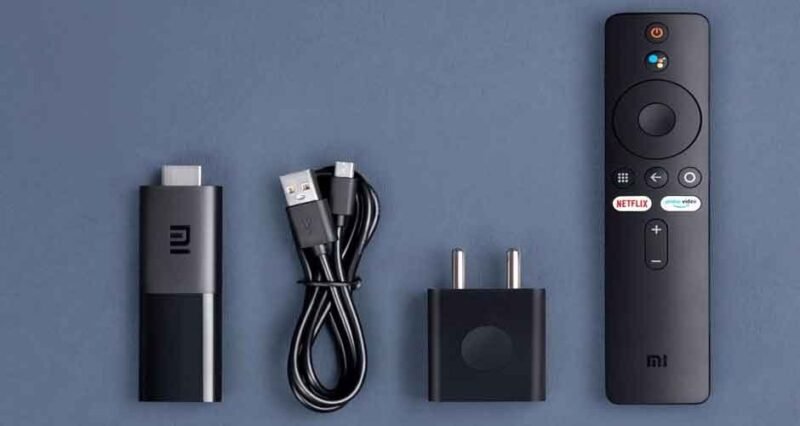
Consumers have many options when accessing streaming content on their televisions. Two popular choices are smart or connected TV sticks and Smart TVs, each offering unique features and functionalities. Many can find themselves contemplating whether to choose a Smart TV stick or a Smart TV. This article explores the distinctions between these two gadgets and offers insights to assist you in making a well-informed decision tailored to your preferences and requirements.
Comparison of Features and Functionality
So, explore the differences between Connected TV sticks and Smart TVs in terms of features and functionality:
1. Content Access and App Support:
Connected TV Stick: Connected TV sticks grant access to an extensive array of streaming services and applications, encompassing popular platforms. However, the availability of apps may vary depending on the device’s operating system and app store.
Smart TV: Smart TVs come with built-in app stores or platforms that offer a comprehensive selection of streaming services, apps, and content channels. They often provide a more seamless and integrated experience, with access to a broader range of content options directly from the television interface.
2. User Interface and Navigation:
Connected TV Stick: Their user interface and navigation experience may vary depending on the device’s operating system and manufacturer. Some sticks offer intuitive interfaces with easy-to-navigate menus and customisable settings. In contrast, others may need to be more complex or more functional.
Smart TV: Smart TVs typically feature user-friendly interfaces with intuitive navigation menus and controls. The interface is optimised for the television remote, allowing users to easily browse content, switch between apps, and access settings.
3. Hardware Specifications:
Connected TV Stick: TV sticks are compact devices with limited hardware specifications compared to Smart TVs. While they can stream high-definition content, they may offer a different level of performance or graphical capabilities than Smart TVs.
Smart TV: Smart TVs have built-in hardware components, including processors, memory, and graphics processors, optimised for streaming and multimedia playback. They offer superior performance and graphical fidelity, providing users a more immersive viewing experience.
4. Connectivity and Integration:
TV Stick: TV sticks typically connect to the television via the HDMI port and require a separate power source, such as a USB or power adapter. They offer wireless connectivity options, such as Wi-Fi and Bluetooth, for streaming content and connecting accessories
Smart TV: Smart TVs come with built-in Wi-Fi connectivity, allowing them to connect to the internet wirelessly. They may also feature additional connectivity options, such as Ethernet ports, USB ports, and HDMI inputs, for connecting external devices and accessories.
Making the Right Choice
When it comes to choosing between a Connected TV stick and a Smart TV, consider the following factors to make the right decision for your needs:
Budget: Connected TV sticks are generally more affordable than Smart TVs, making them a cost-effective option for upgrading your existing television.
Convenience: Connected TV sticks offer portability and flexibility, allowing you to quickly move them between different televisions or take them on the go.
Integration: Smart TVs provide a seamless integrated experience, with built-in features and functionalities that eliminate the need for additional devices.
Performance: Smart TVs offer superior hardware performance and graphical capabilities compared to Connected TV sticks, providing a smoother and more immersive viewing experience.
Conclusion
Choosing between a Smart TV stick and a Smart TV depends on your preferences, budget, and specific requirements. Whether you opt for the affordability and portability of a Connected TV stick or the integrated experience and performance of a Smart TV, both devices offer convenient ways to access streaming content and enjoy digital entertainment from the comfort of your home.

